Crown of the Baltic Fleet: A walk in historic Kronstadt
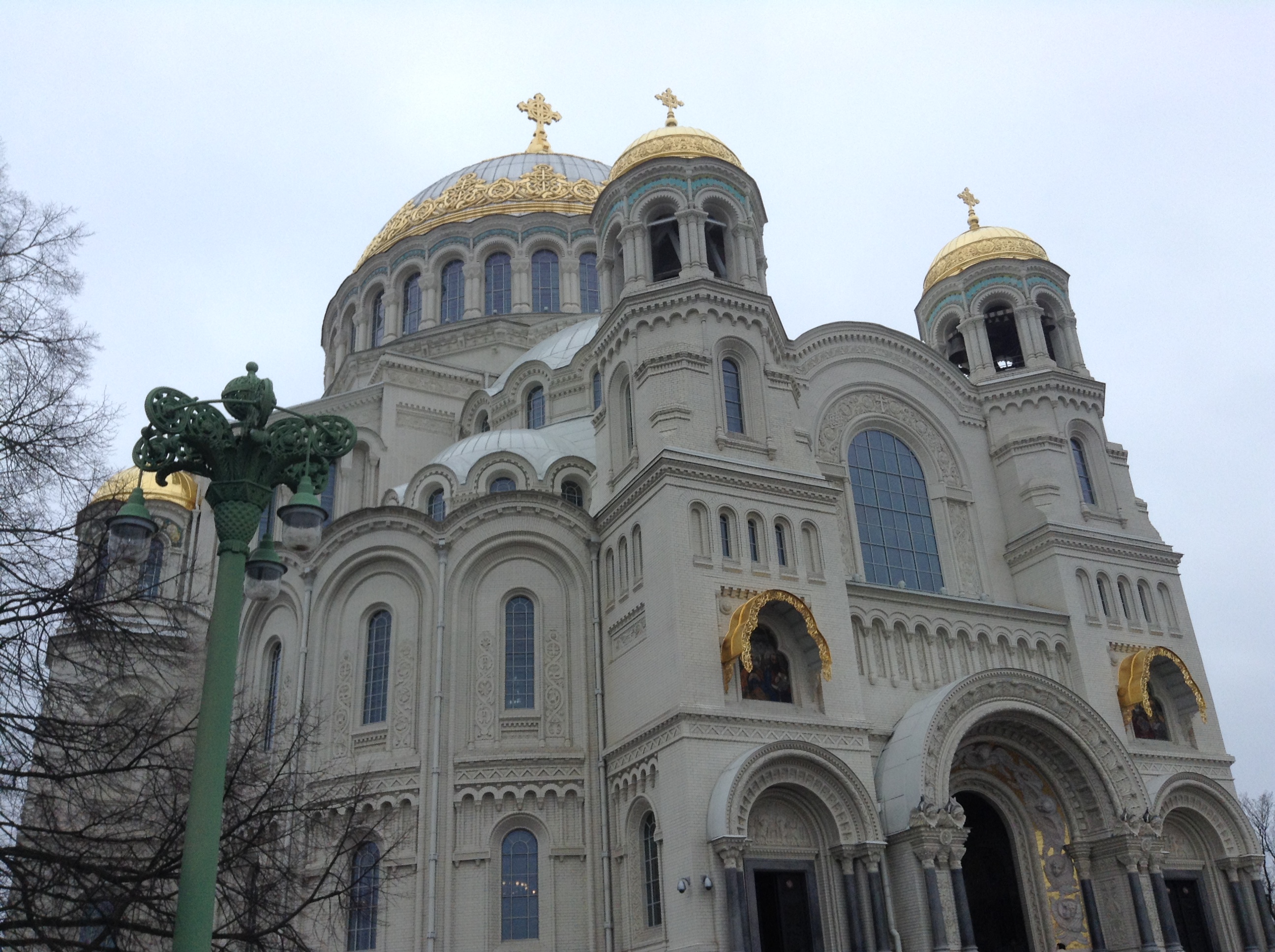
The Naval cathedral of Saint Nicholas in Kronstadt. Source: Ajay Kamalakaran
Kronstadt, which means ‘crown city’ in German, is a small historic town, located 30 km west of St. Petersburg in the Leningrad Region. It has traditionally been the seat of the Russian admiralty and a major base of the Russian Baltic Fleet.
The city was founded in 1703 when Russia, under Peter the Great, took Kotlin Island from Sweden. The first fortifications were built on the town in 1704. There are a total of 22 forts in and around Kronstadt, mainly on artificial islands.
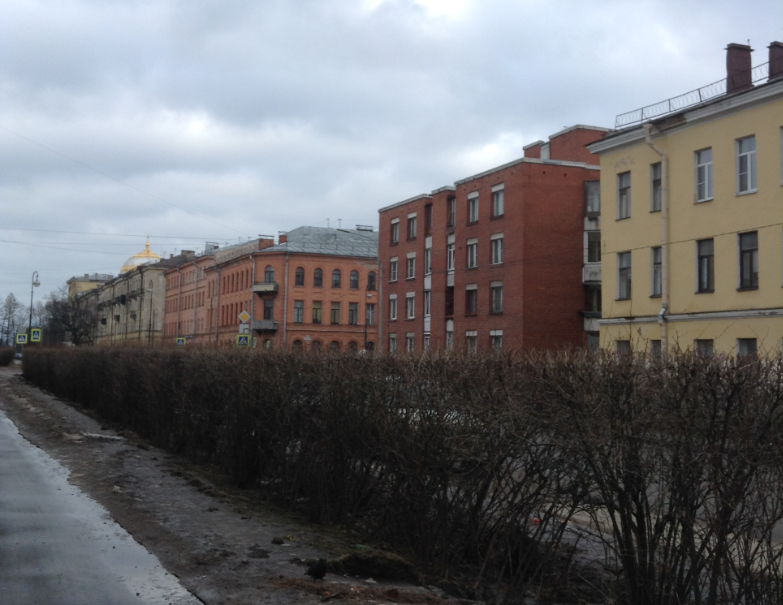 Restored heritage buildings. Source: Ajay Kamalakaran
Restored heritage buildings. Source: Ajay Kamalakaran
The top layers of the Gulf of Finland freeze in the winter, making navigation without icebreakers impossible.
The fleet based in Kronstadt defied the Anglo-French forces that tried to attack St. Petersburg during the Crimean War.
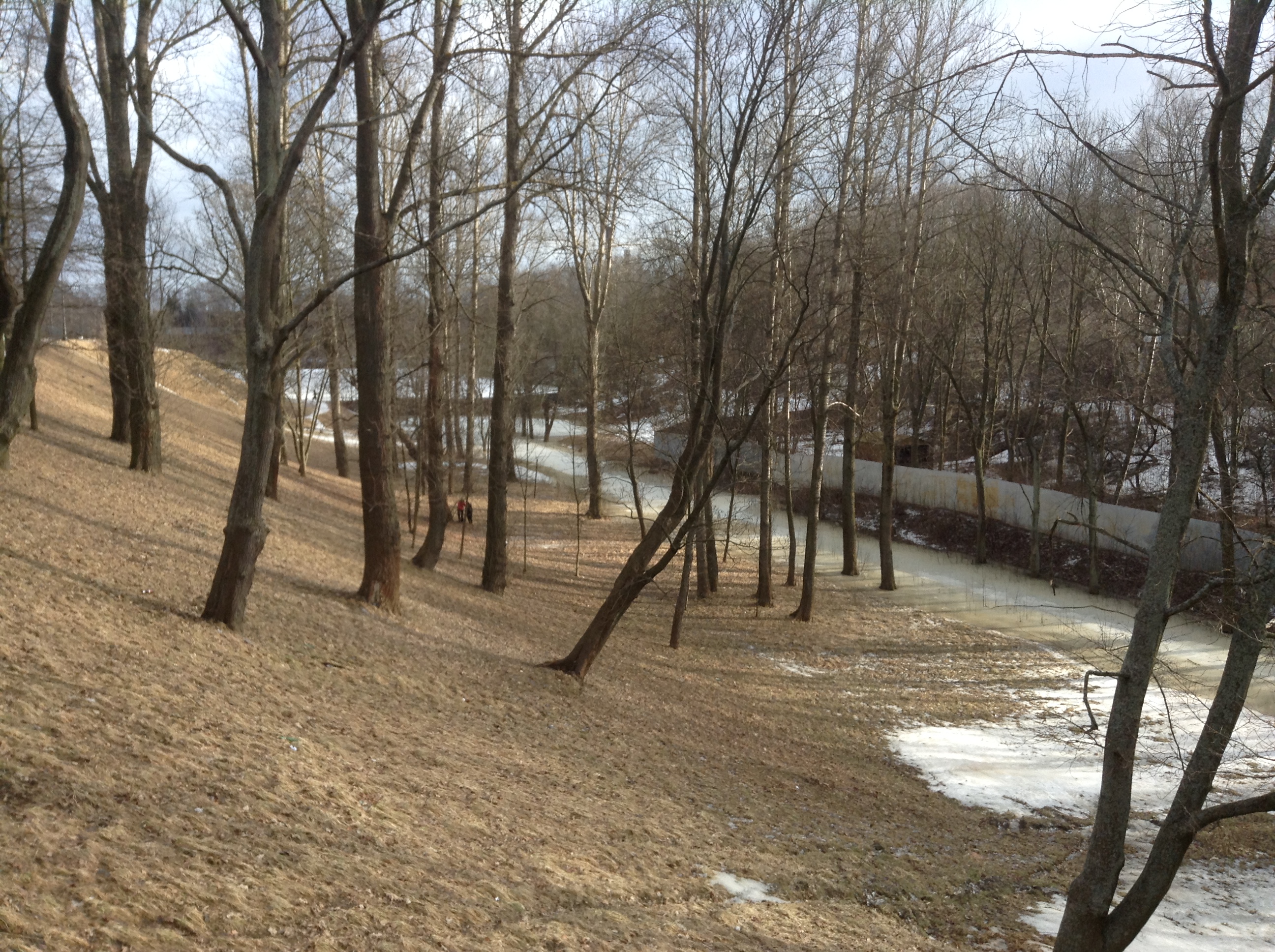 The arrival of spring. Source: Ajay Kamalakaran
The arrival of spring. Source: Ajay Kamalakaran
It also played a historic role of defiance during the Second World War, defending the city of Leningrad (St. Petersburg), which was blocked by Nazi Germany for over 900 days. 10 brigades of marines, four regiments, and more than 40 separate battalions and companies were formed in Kronstadt to defend Leningrad. In 2009, then Russian President Dmitry Medvedev gave Kronstadt the status of ‘City of Military Glory.’
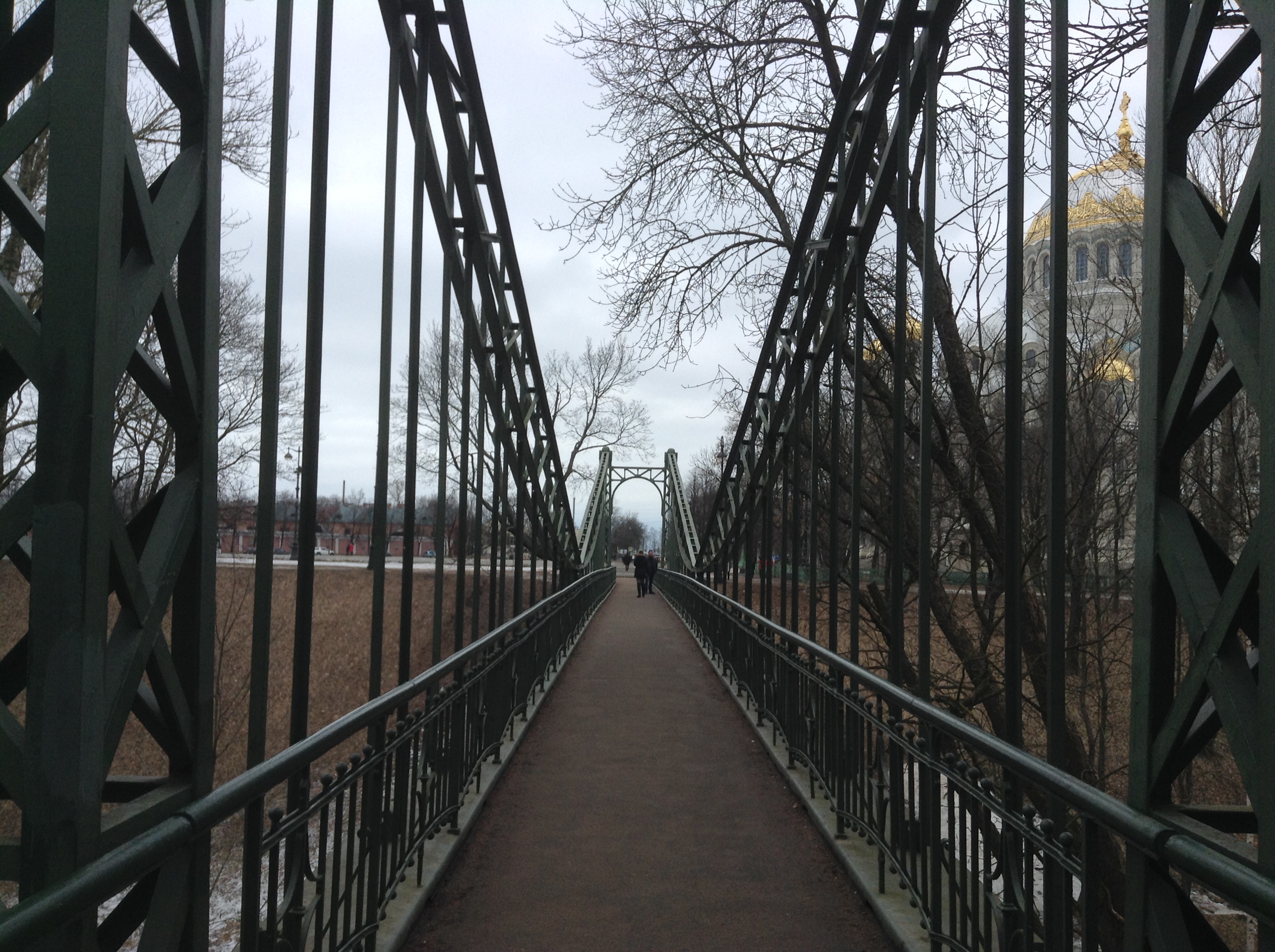 A pedestrian bridge over a canal. Source: Ajay Kamalakaran
A pedestrian bridge over a canal. Source: Ajay Kamalakaran
The Naval Cathedral of St. Nicholas was one of the largest buildings in the city. Naval ships docking in the city could see the church from the Gulf of Finland. The original church, built in 1913, was converted into a cinema hall by the Soviet regime in 1929. It then became a House of Officers and then Navy Museum in 1980 before reverting to being reschristened in 2002.
The historic centre of Kronstadt is a UNESCO World Heritage Site listed along with St. Petersburg’s historic centre. It is now mostly lined with buildings from the early days of the Soviet Union.
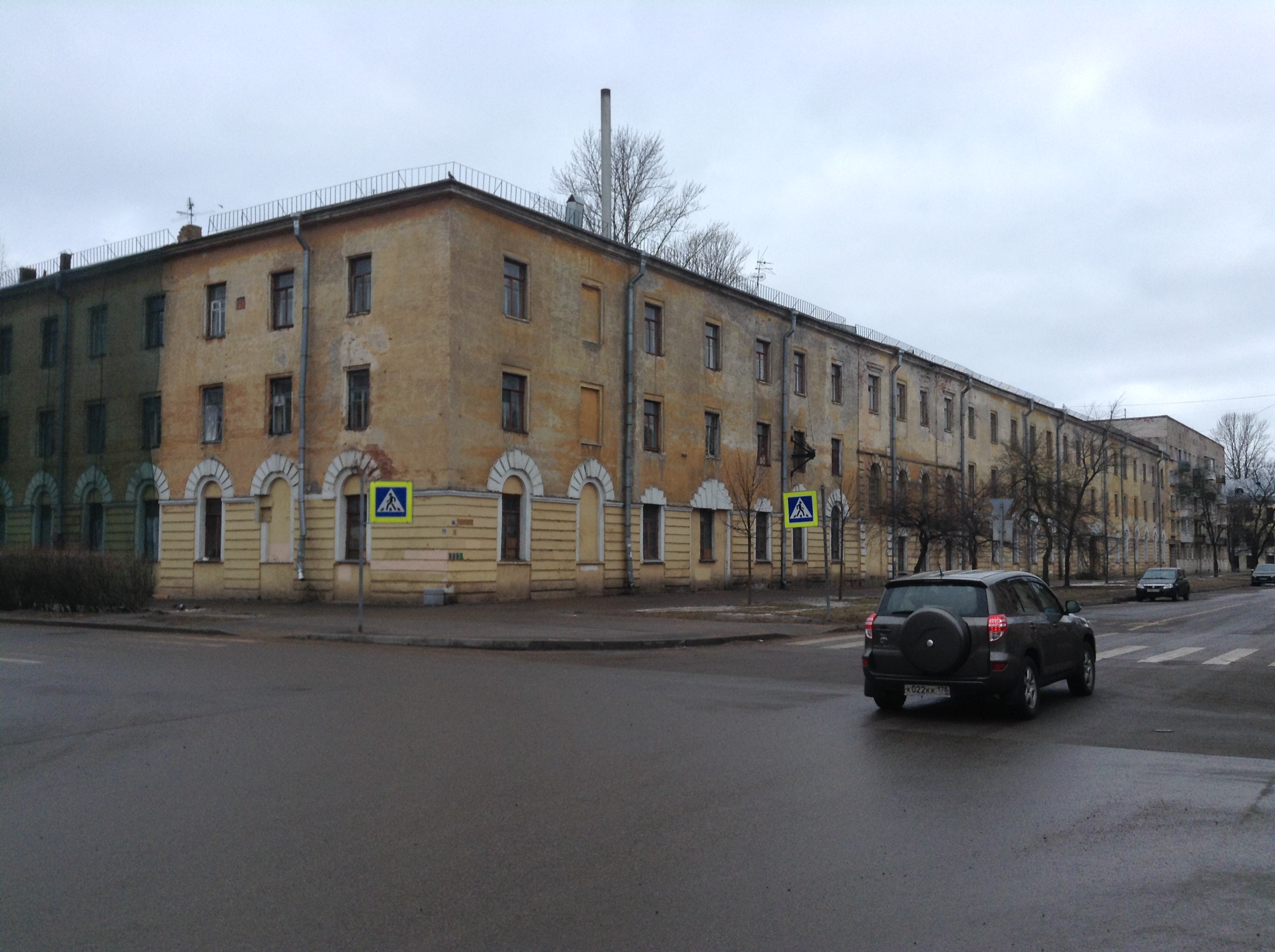 One of the city's abandoned housing projects. Source: Ajay Kamalakaran
One of the city's abandoned housing projects. Source: Ajay Kamalakaran
Among the most well known attractions is the Kronstadt Bypass Canal, which freezes over in the winter like the Gulf of Finland. Like St. Petersburg, a network of canals traverse the town and lead to the middle and merchant harbours.
The town, which is the birthplace of Pyotr Kapista, the co-recipient of the Nobel Prize in Physics in 1978, is slowly being depopulated. It now just has over 40,000 residents.
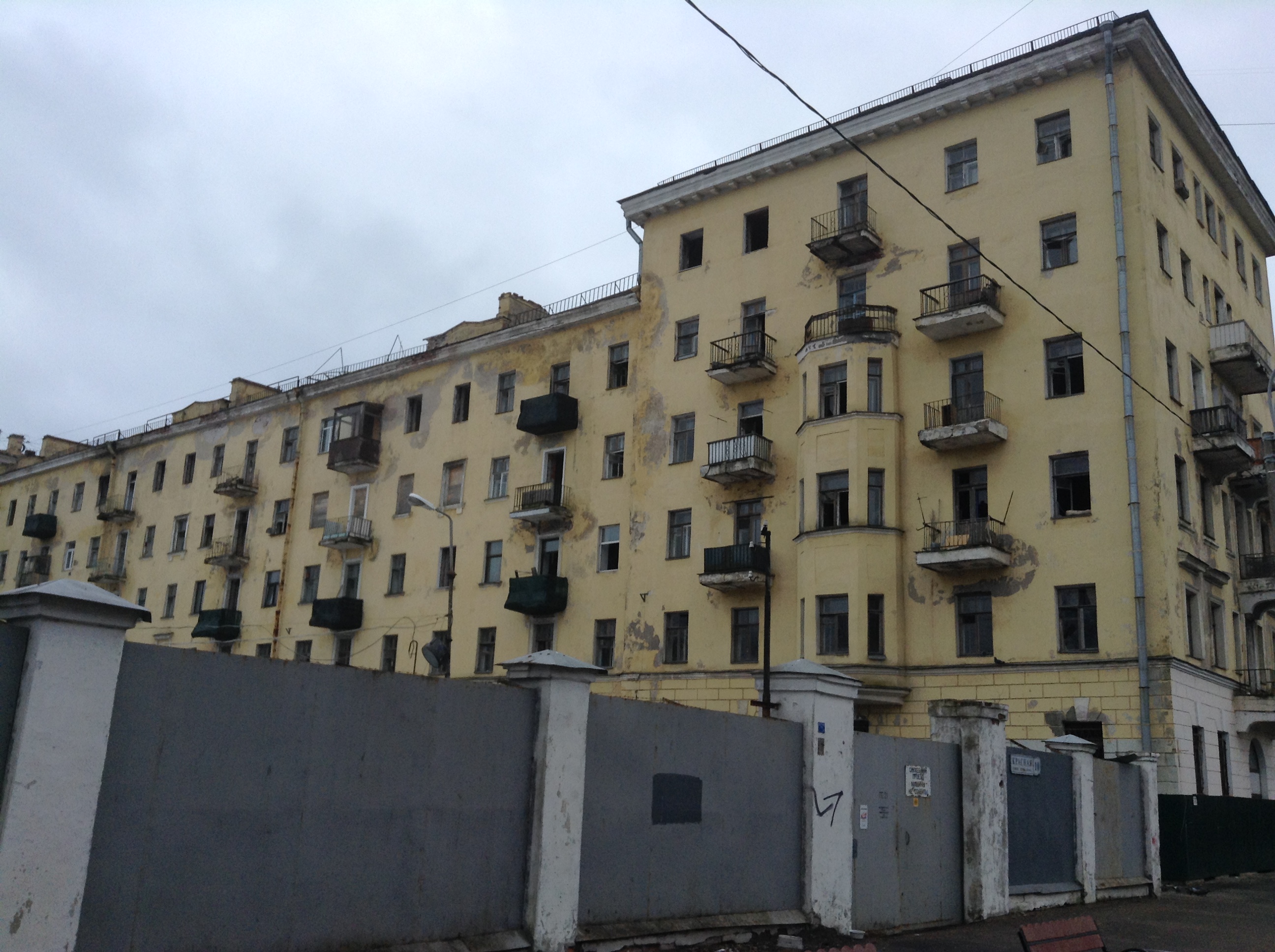 One of the largest abandoned buildings. Source: Ajay Kamalakaran
One of the largest abandoned buildings. Source: Ajay Kamalakaran
Urban decay and abandoned buildings are visible in areas close to its historic centre. Several buildings dating back to the 1930s and 40s have been cleared of inhabitants and are ready to be demolished.
Attempts are on to restore historic buildings in the city centre, although the population flight is something that is unlikely to be successfully stopped by the authorities.
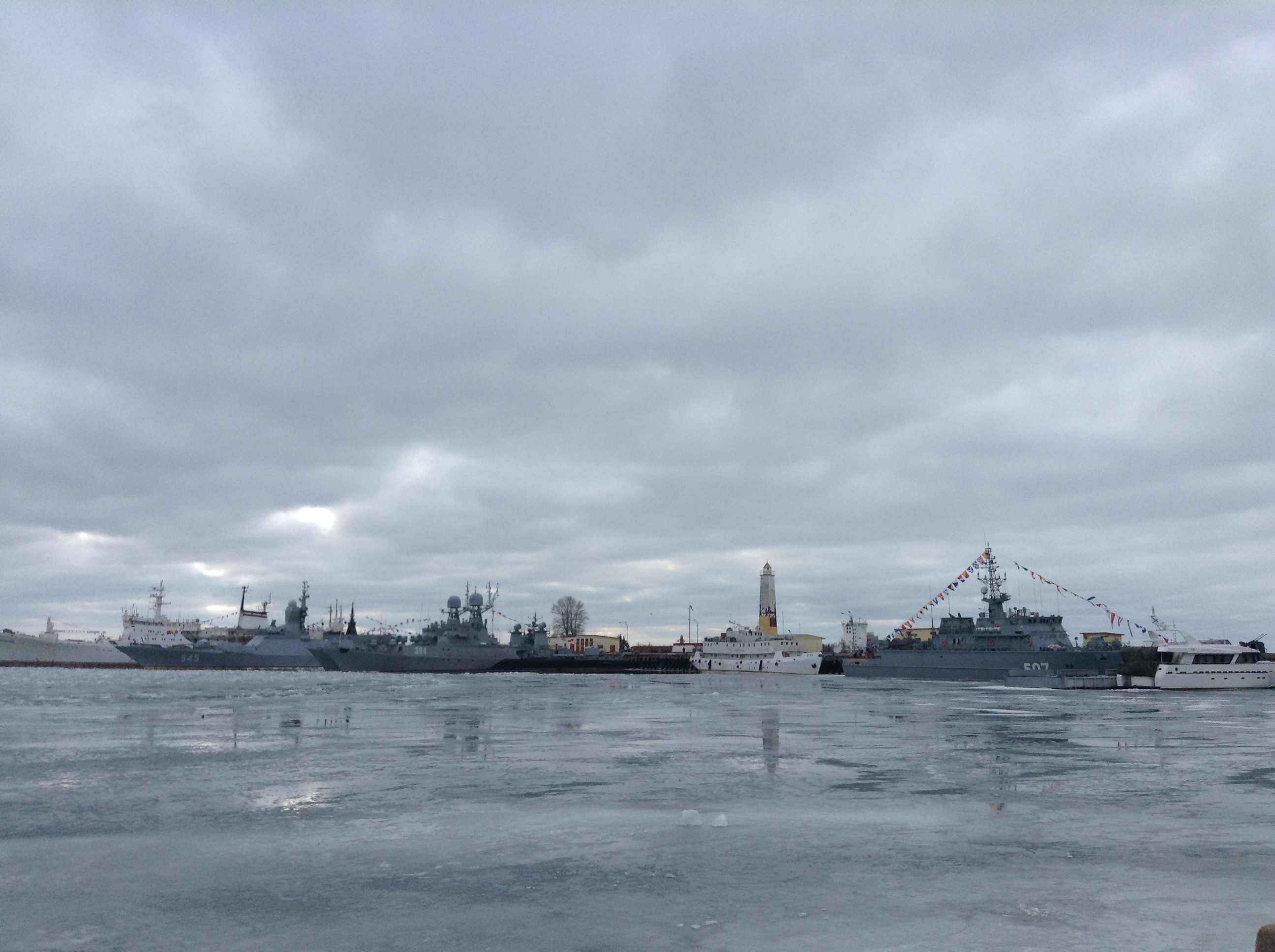 Kronstadt is the traditional seat of the Russian admiralty. Source: Ajay Kamalakaran
Kronstadt is the traditional seat of the Russian admiralty. Source: Ajay Kamalakaran
The city was closed off to foreigners and non-residents during the Soviet days. It is now an easy day trip from St. Petersburg. During the warmer months, several boat and bus tours are available from St. Petersburg.
Editor’s Notes
The grey skies and frozen gulf and canals of early spring in combination with the slushy streets and abandoned residential buildings and factories create some sort of melancholic feel in his historic city.
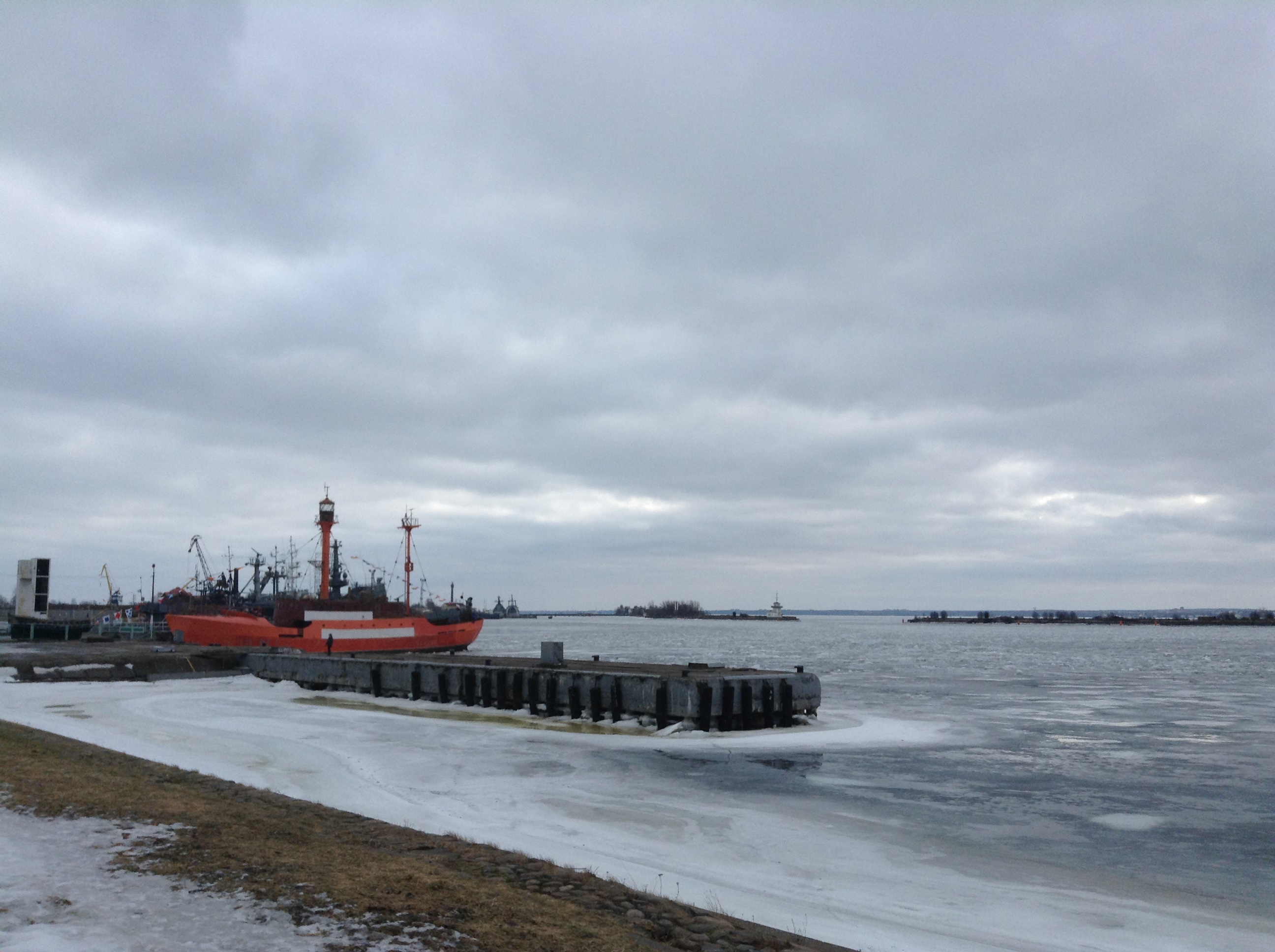 The icy shore of the Gulf of Finland. Source: Ajay Kamalakaran
The icy shore of the Gulf of Finland. Source: Ajay Kamalakaran
Yet it is hard not to admire those servicemen who fought valiantly in several wars to defend St. Petersburg/Leningrad from a set of invaders, not the least potent of which was Nazi Germany.
The one-hour drive from St. Petersburg is scenic and includes a ride in a tunnel below the Gulf of Finland. There are also great views of the gulf from a few bridges. Like the earliest sailors of the Russian Navy, those driving to Kronstadt can see the totally restored Naval Cathedral of St. Nicholas, which stands out like a golden jewel near the harbour.
Ajay Kamalakaran is RBTH’s Consulting Editor for Asia. Read more of his articles here. Follow Ajay on Twitter and Quora.
If using any of Russia Beyond's content, partly or in full, always provide an active hyperlink to the original material.
Subscribe
to our newsletter!
Get the week's best stories straight to your inbox